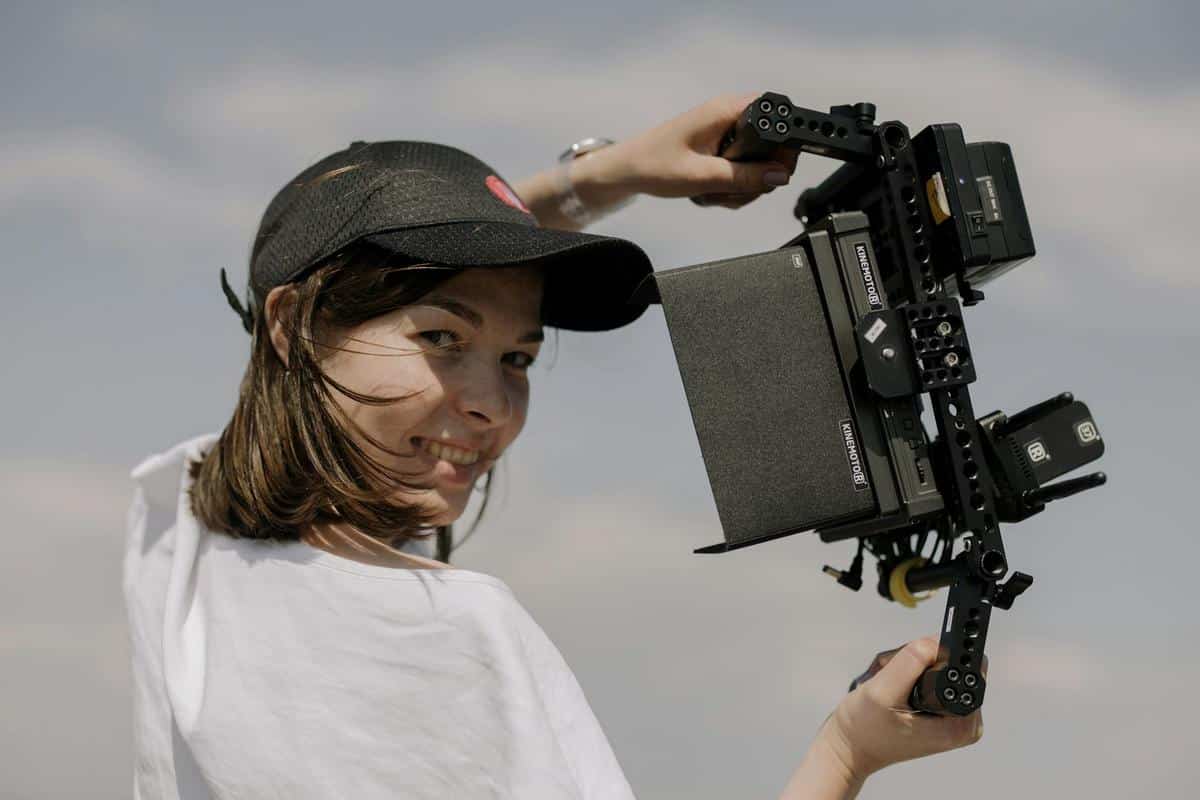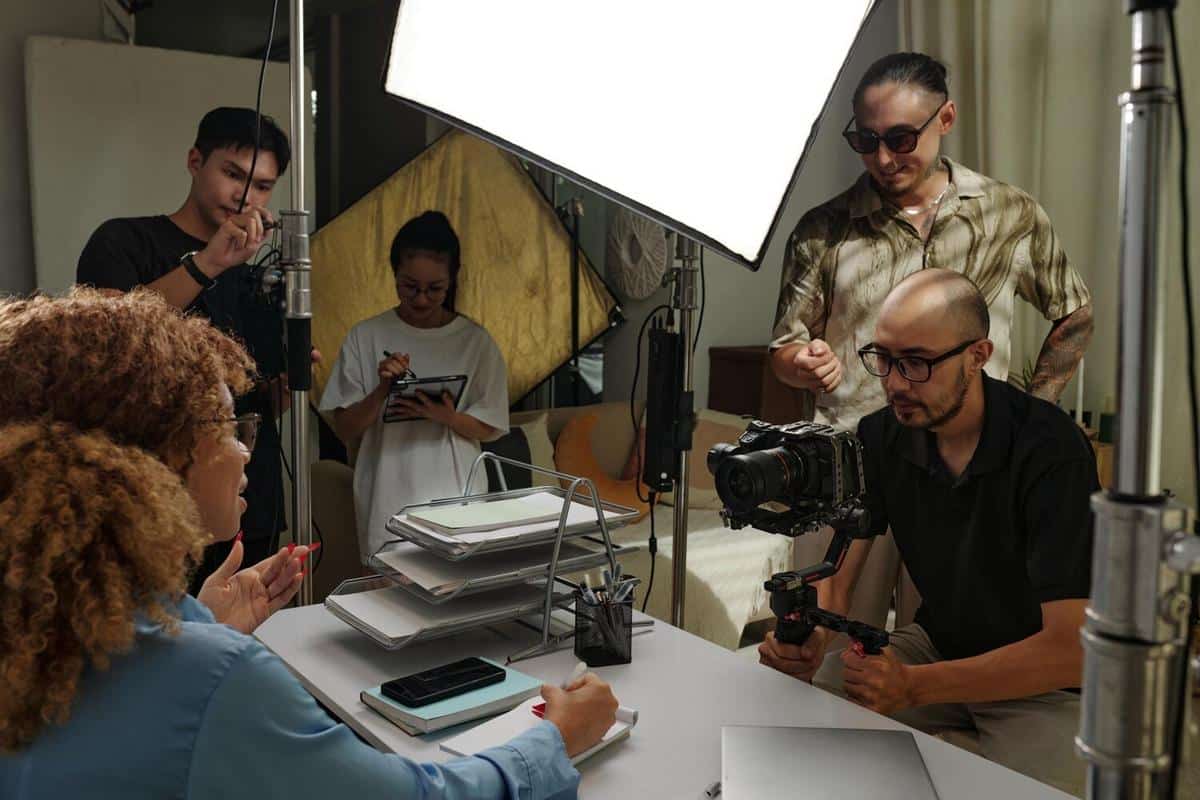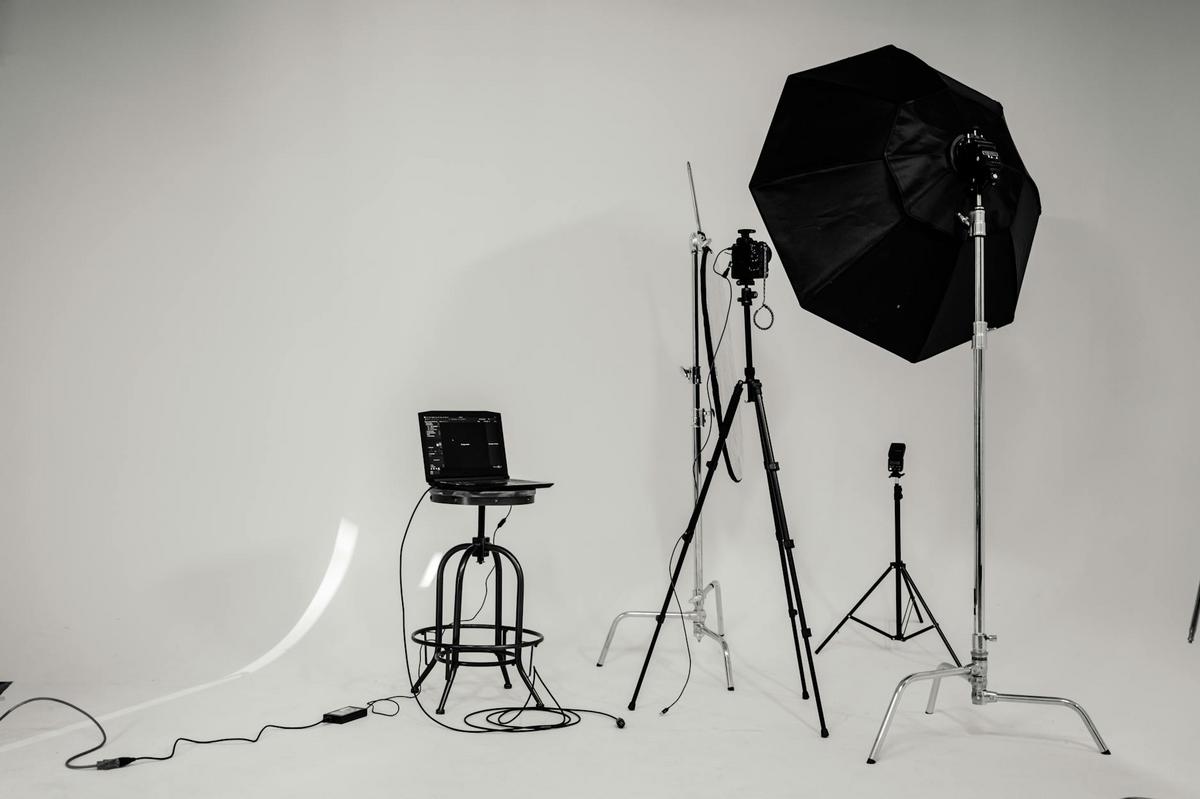
Understanding the Art of Storytelling in Videography
Storytelling has long been a cornerstone of human communication, and in the realm of videography, it has become an essential tool for engaging audiences and conveying messages effectively.
Understanding the art of storytelling in videography requires a blend of creativity, technical skill, and insight into human emotions. Whether you’re crafting a documentary, a commercial, or a short film, storytelling is the thread that weaves together visuals and sounds into a coherent narrative.
Why Storytelling Matters in Videography
According to video marketing expert Neil Patel, “Storytelling is the key that unlocks the emotional connection with your audience.” This emotional connection is crucial, as it not only captures attention but also fosters brand loyalty.
Research from Wyzowl indicates that 85% of people are more likely to buy a product after watching a video, illustrating the persuasive power of well-told stories.
Elements of Effective Storytelling
- Character Development: Strong characters are the backbone of any story. They drive the narrative forward and allow audiences to connect on a personal level.
- Conflict and Resolution: Introducing a challenge or conflict keeps viewers engaged, while a satisfying resolution provides closure.
- Visual and Auditory Elements: Use visuals and sound to enhance the story. Cinematic techniques like camera angles, lighting, and sound design play a vital role in storytelling.
Expert Insights
“The story is the most important part of any video. It’s not just about the visuals; it’s about what those visuals are saying,” says renowned filmmaker Ava DuVernay.
Personal Anecdote: A Lesson from the Field
As a budding videographer, I once worked on a project that initially focused heavily on technical aspects. However, it was only when we shifted our focus to the narrative and character development that the video truly resonated with audiences.
Actionable Tips for Storytelling in Videography
- Know Your Audience: Tailor your story to fit the interests and preferences of your target audience.
- Plan Your Narrative: Outline your story before filming to ensure a clear and cohesive narrative.
- Use Emotion to Engage: Evoke emotions through relatable characters and compelling conflicts.
Table: Storytelling Techniques and Their Impact
| Technique | Impact |
|---|---|
| Character Development | Builds empathy and connection |
| Conflict | Keeps the audience engaged |
| Resolution | Provides satisfaction and closure |
| Visuals | Enhances the narrative |
| Sound | Creates mood and emotion |
| Editing | Dictates pacing and flow |
| Lighting | Sets the scene and tone |
| Camera Angles | Influences perception |
FAQs
How can I improve my storytelling in videos?
Focus on developing strong characters, create a compelling conflict, and ensure a satisfying resolution.
What role does editing play in storytelling?
Editing shapes the pacing and flow of your video, influencing how the story is perceived.
Conclusion
Incorporating storytelling into videography is more than just a technique; it’s an art form that can transform a simple video into a powerful narrative. By focusing on character development, conflict, and resolution, and utilizing visual and auditory elements effectively, videographers can create engaging and memorable stories. As you continue to explore the world of videography, remember that the stories you tell have the power to inspire and connect with audiences on a profound level.


